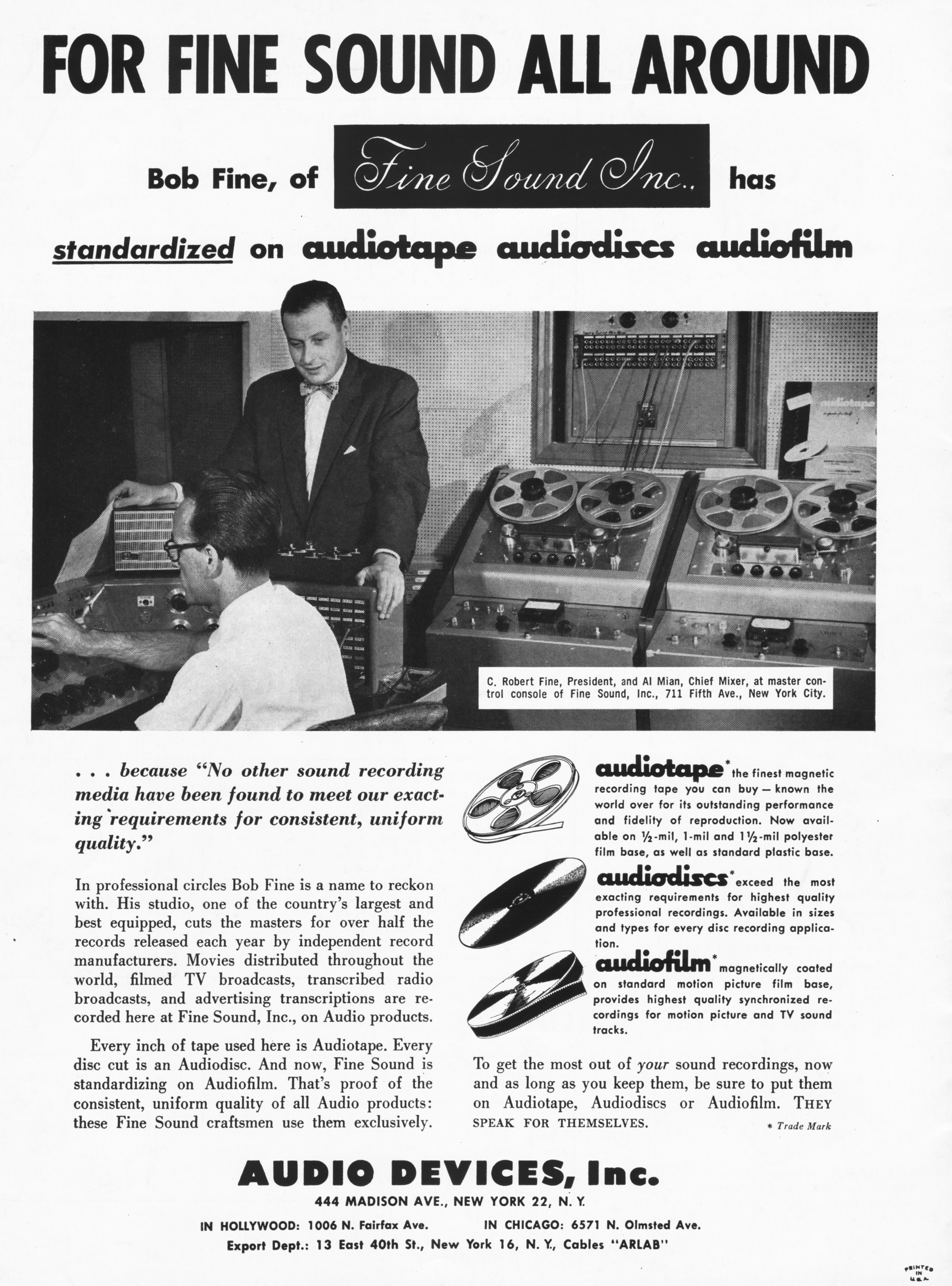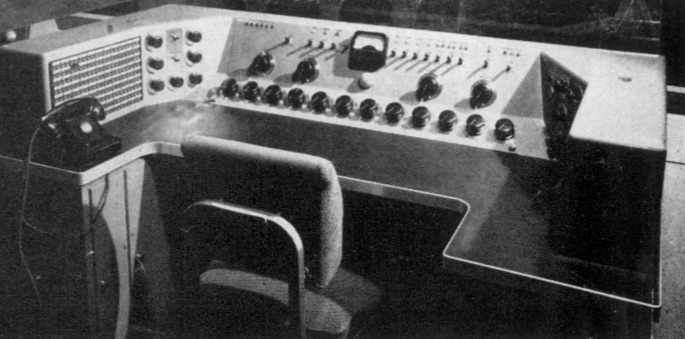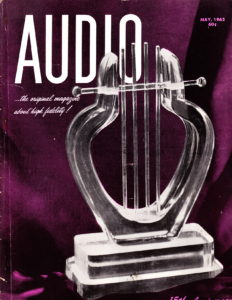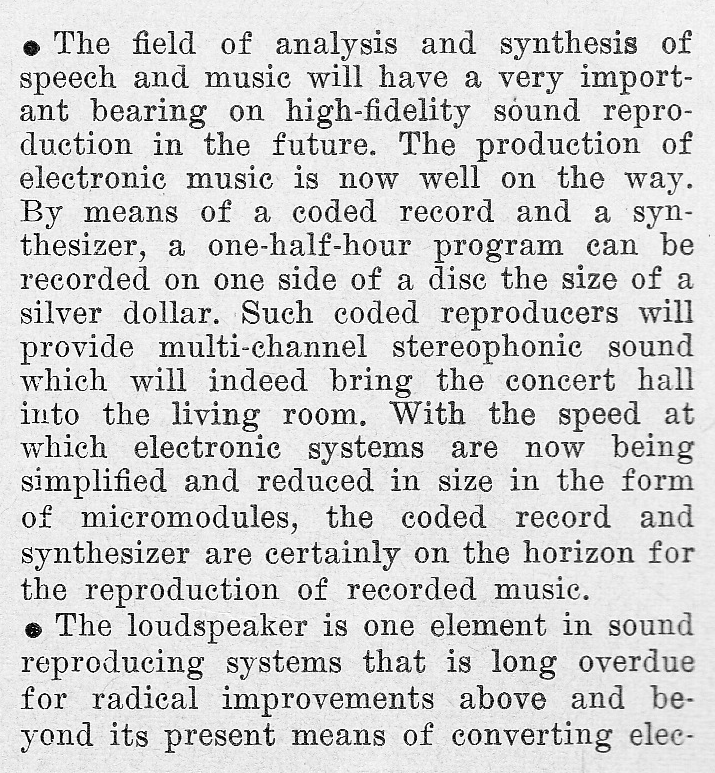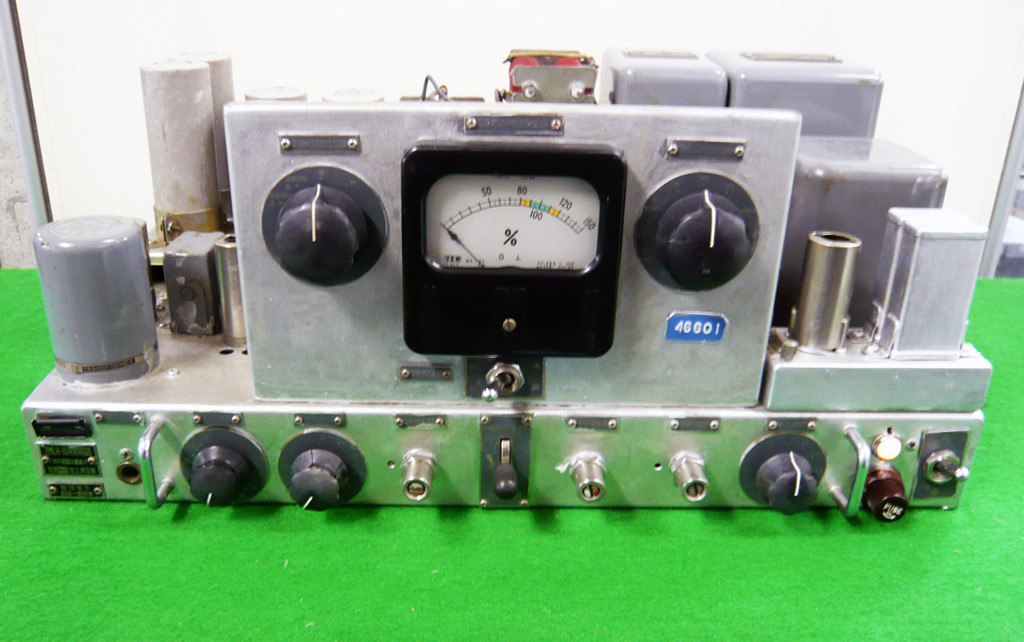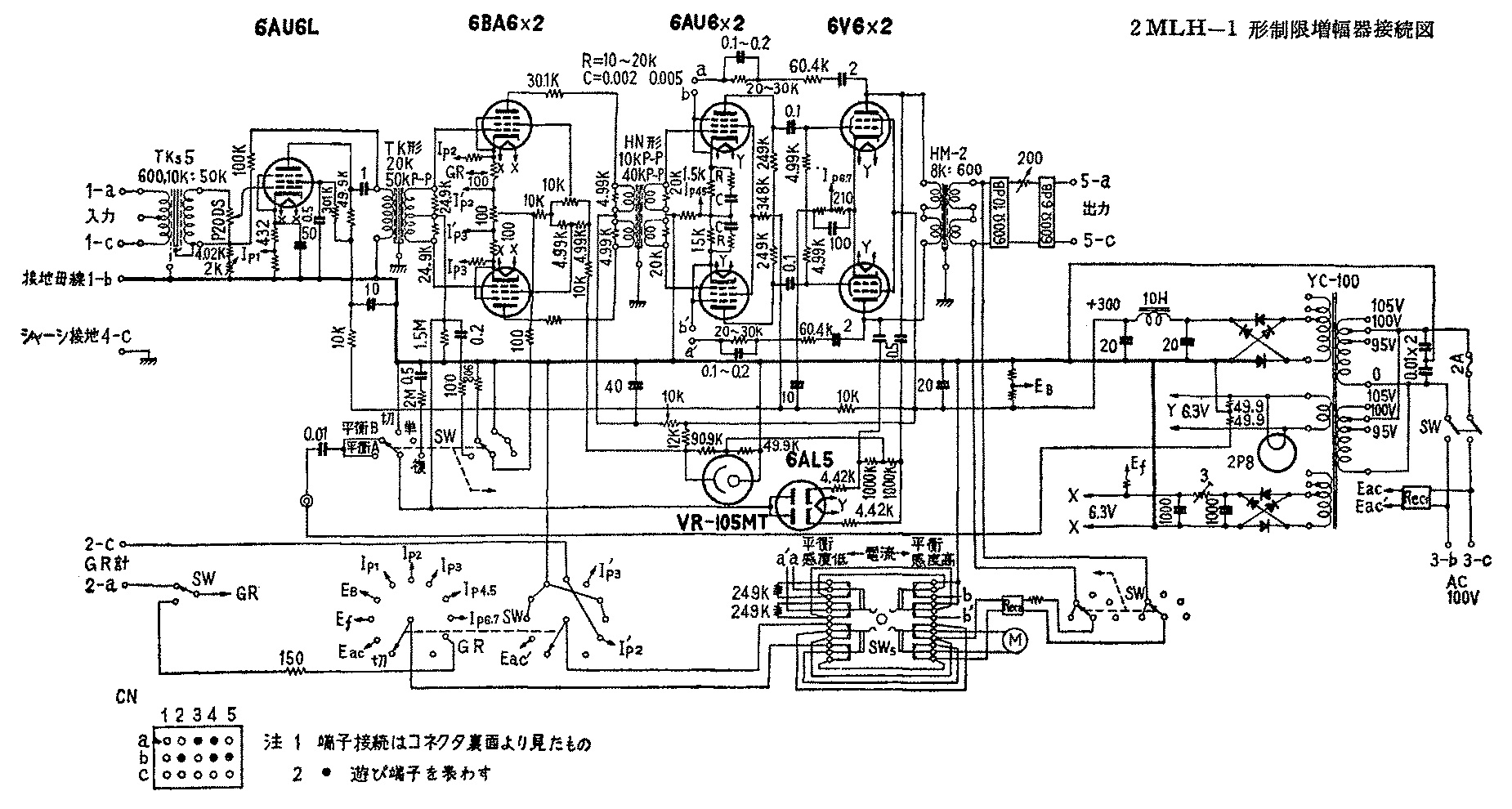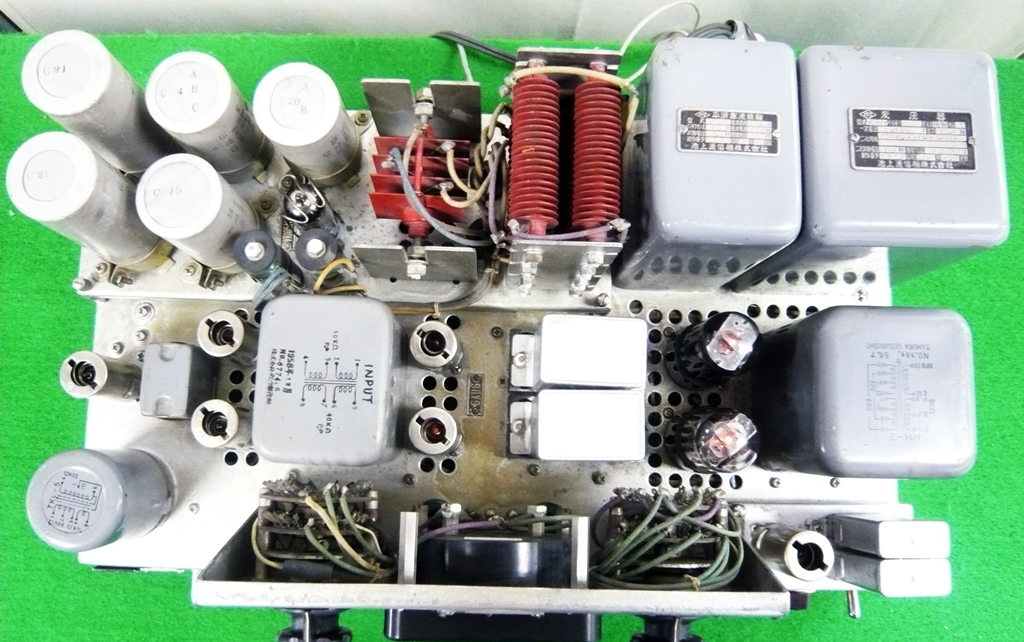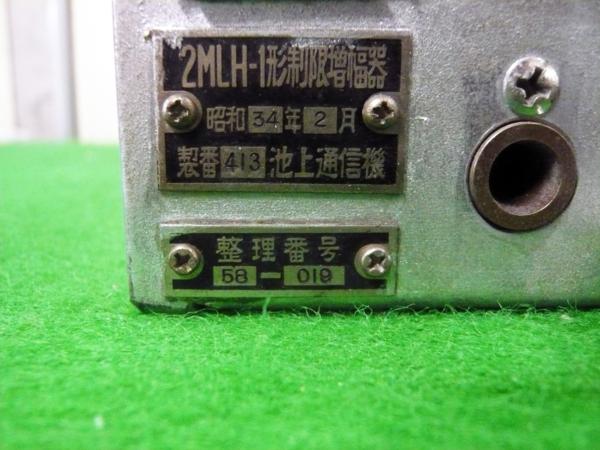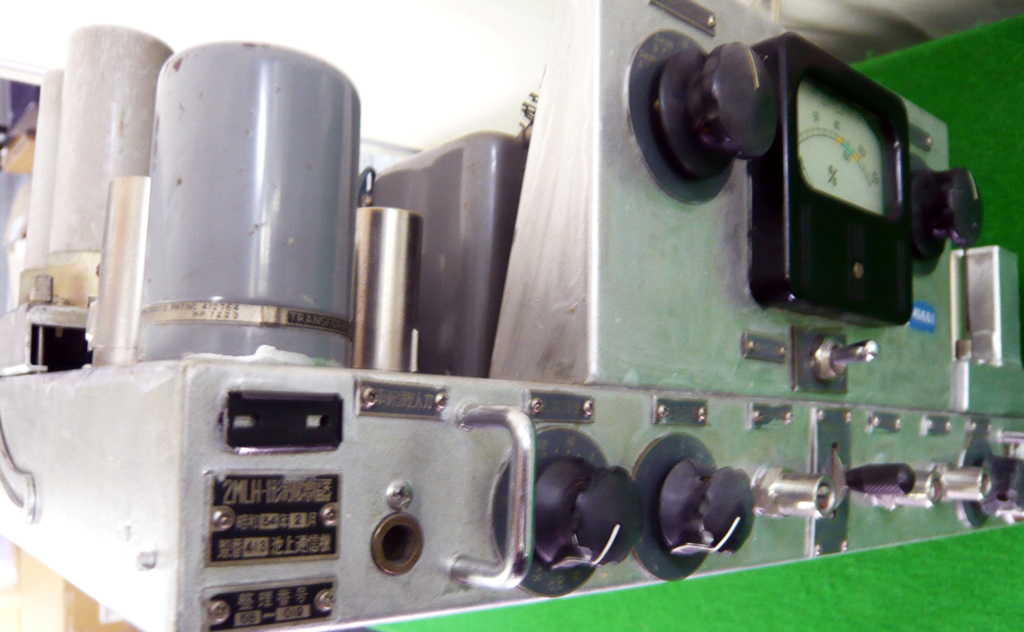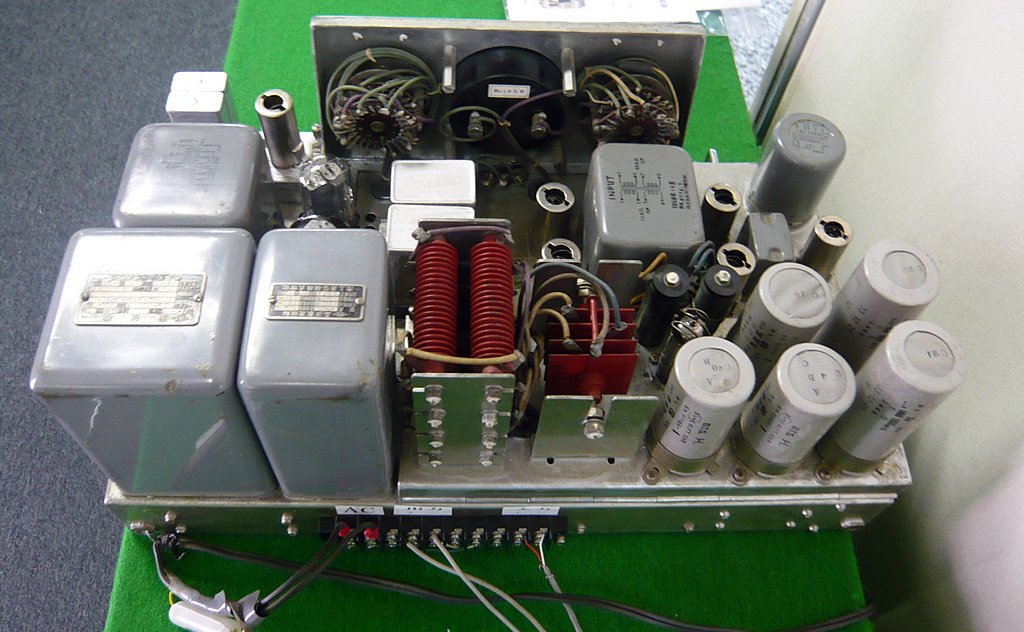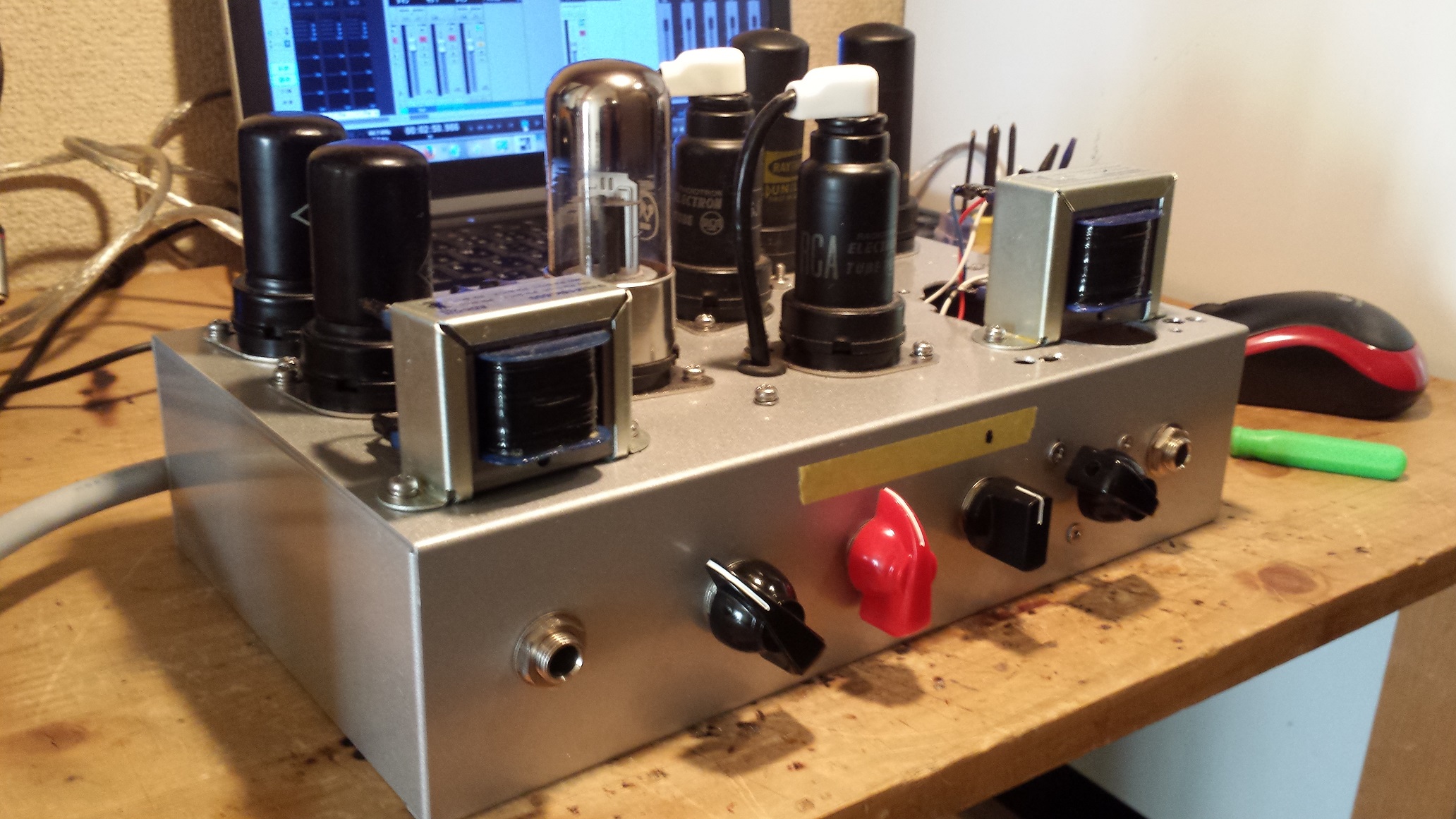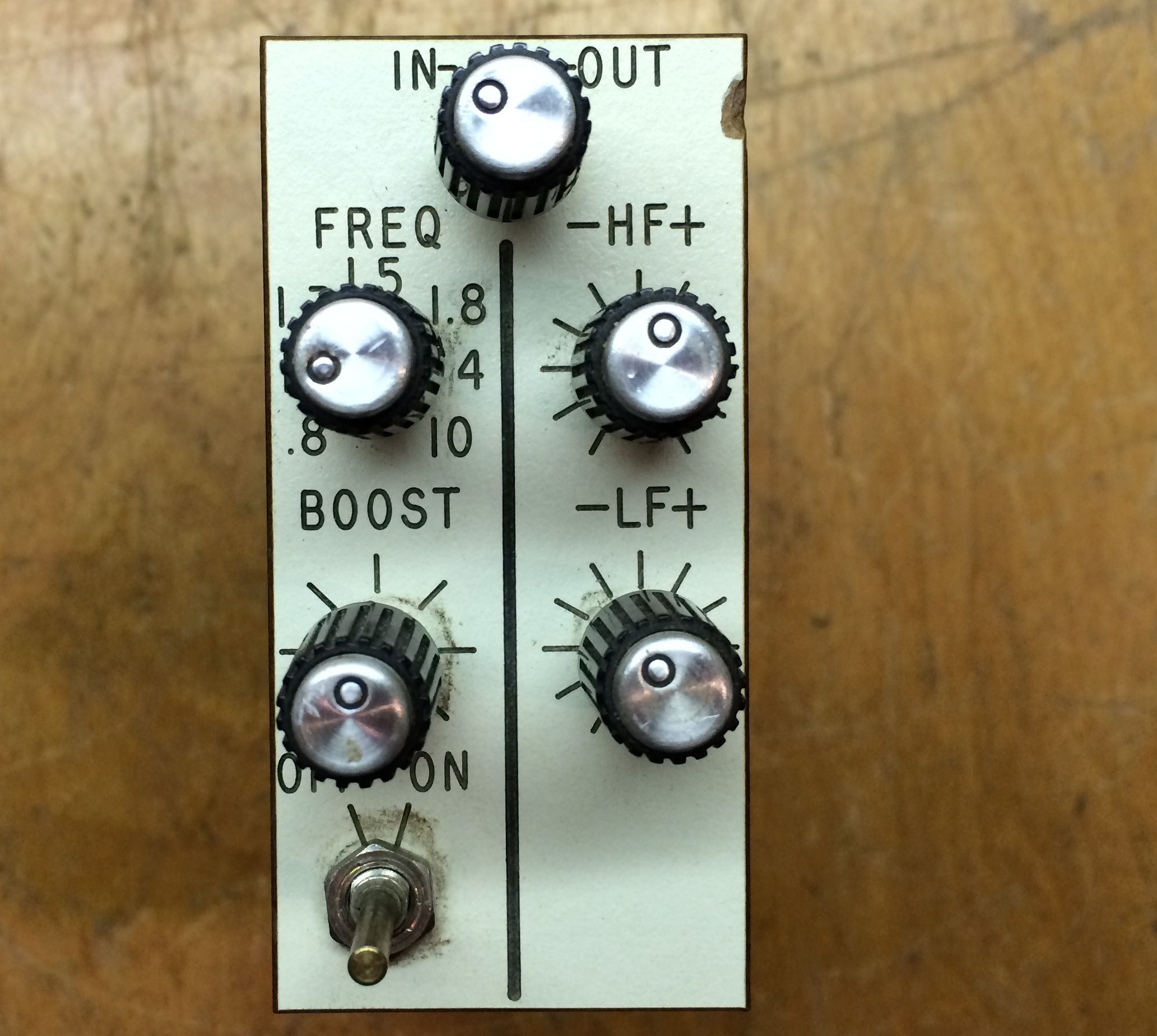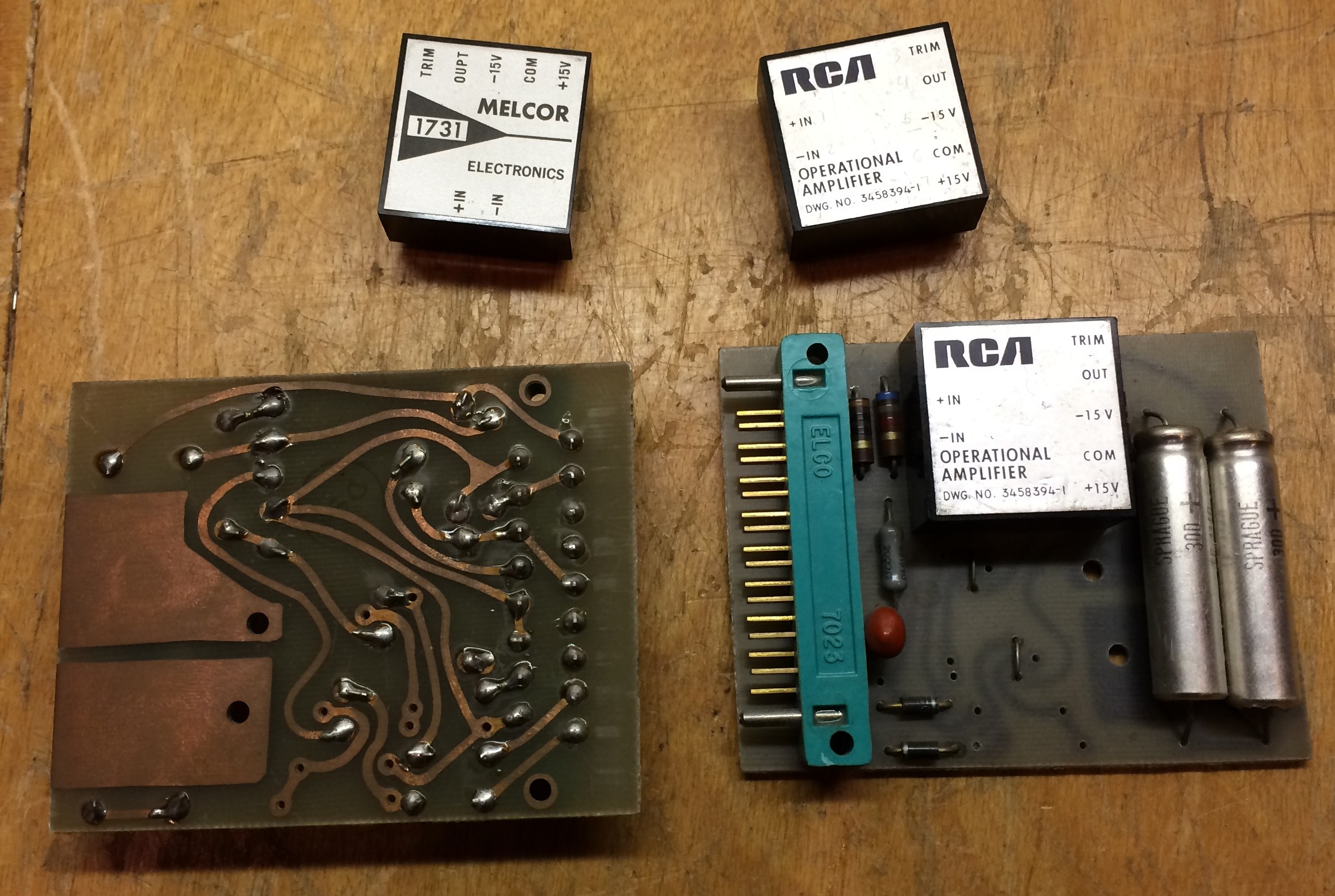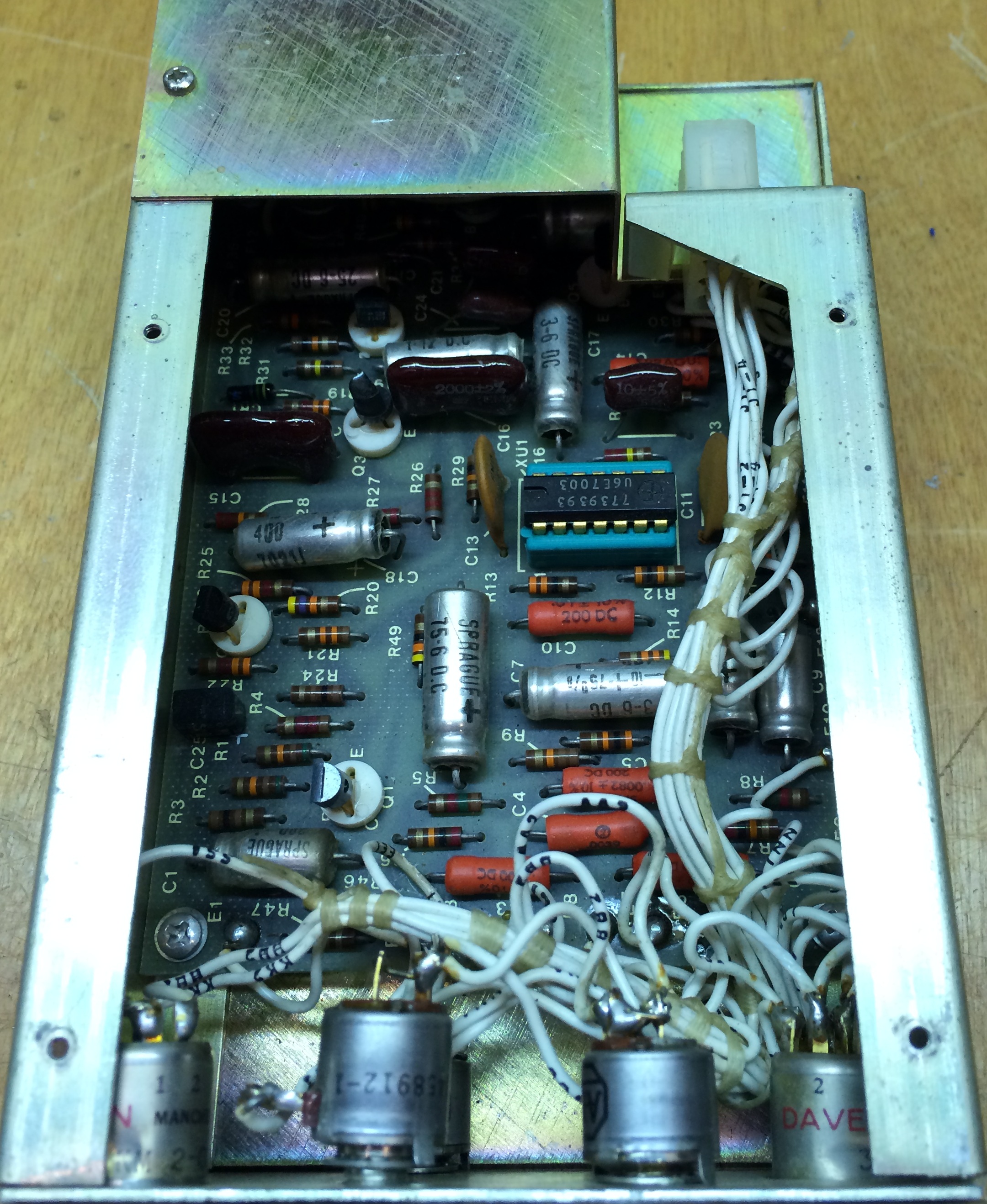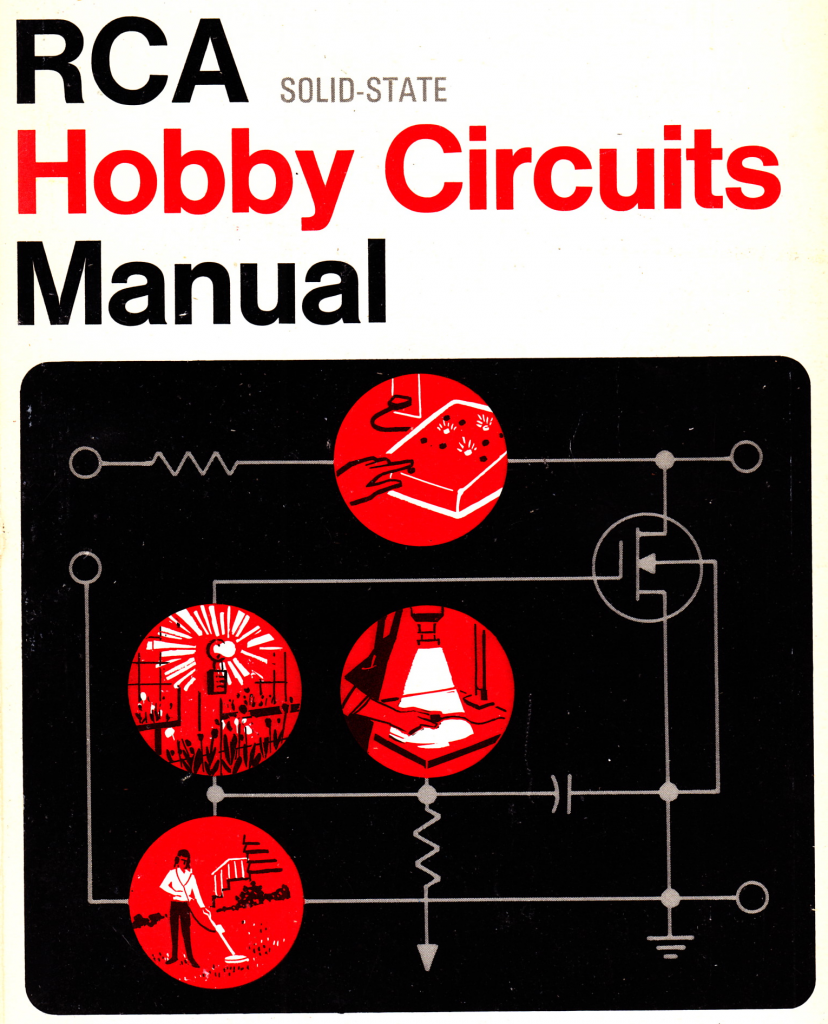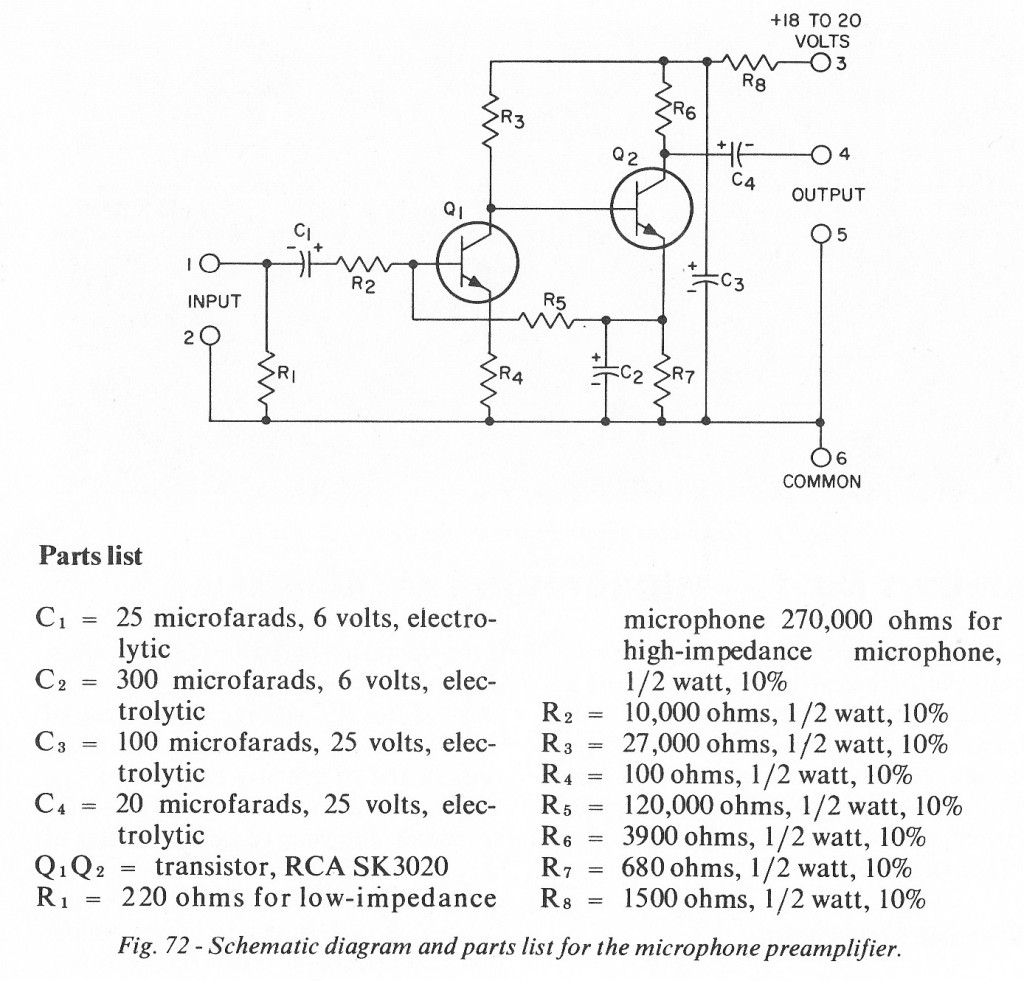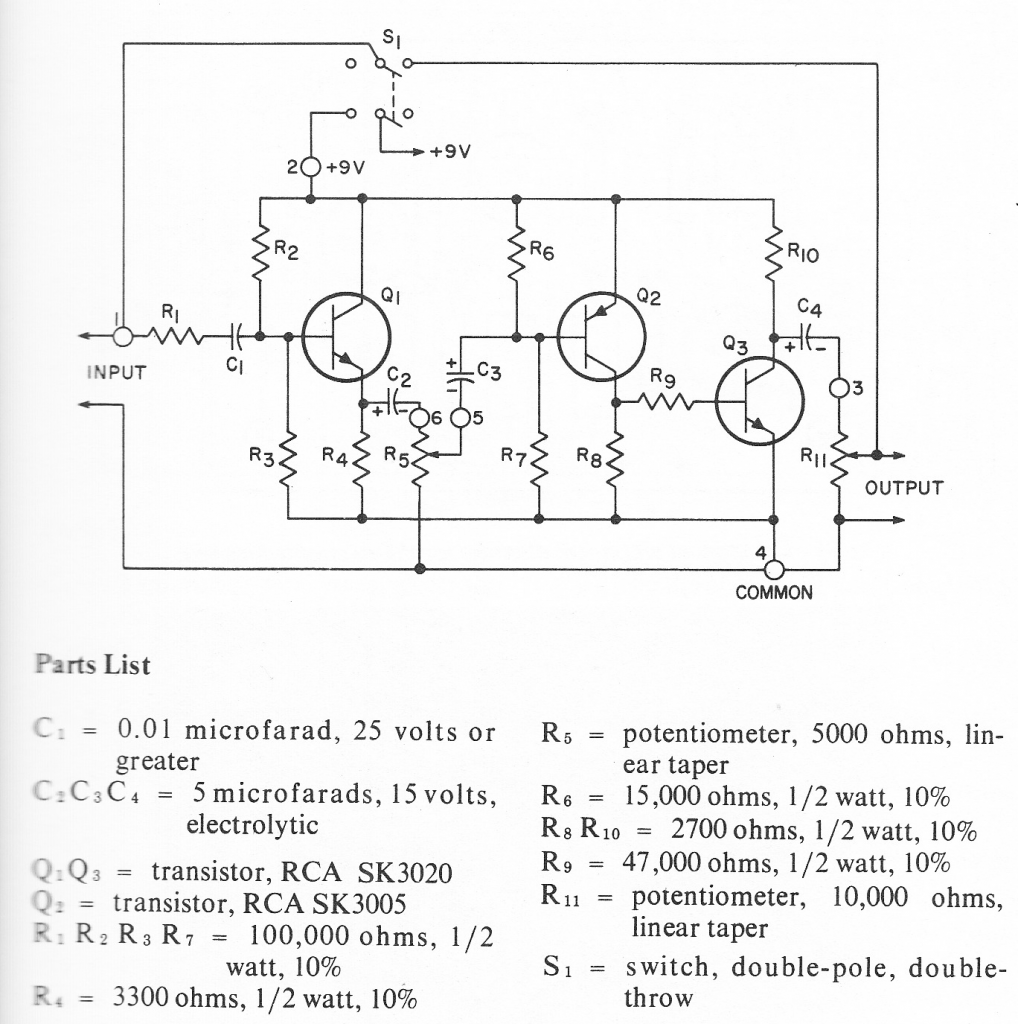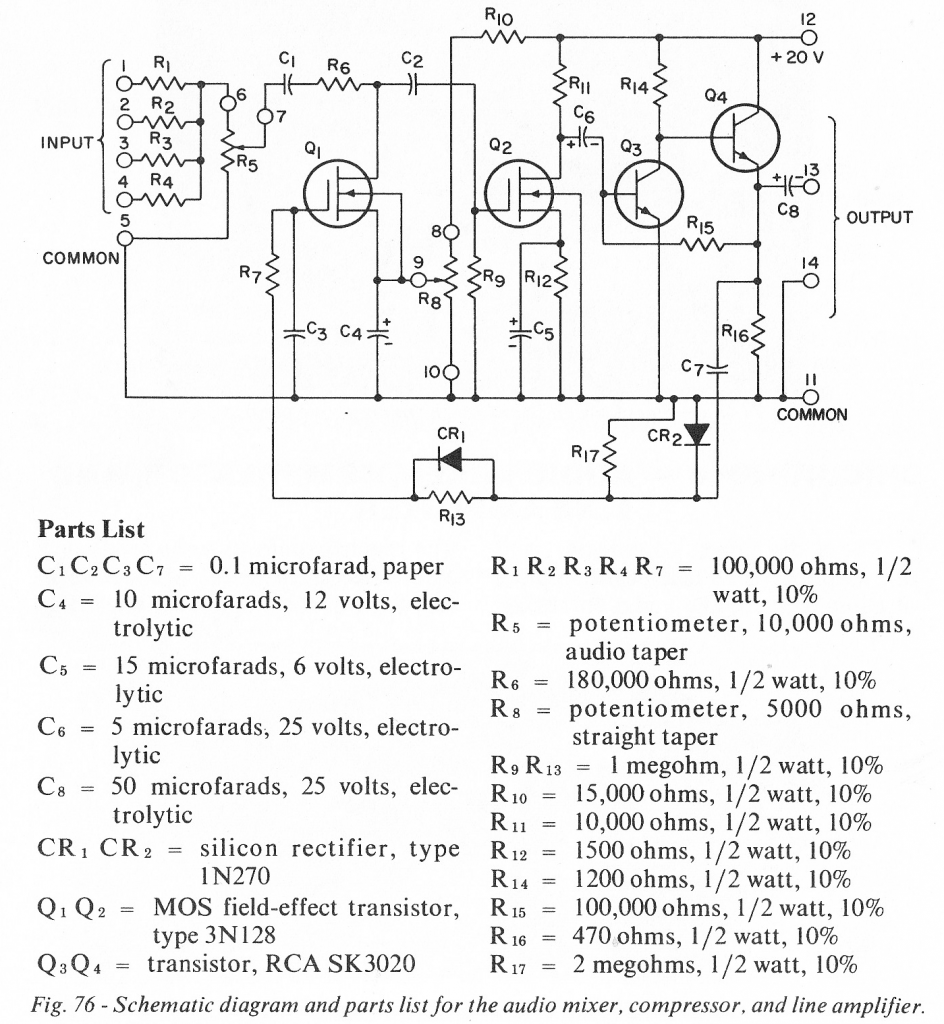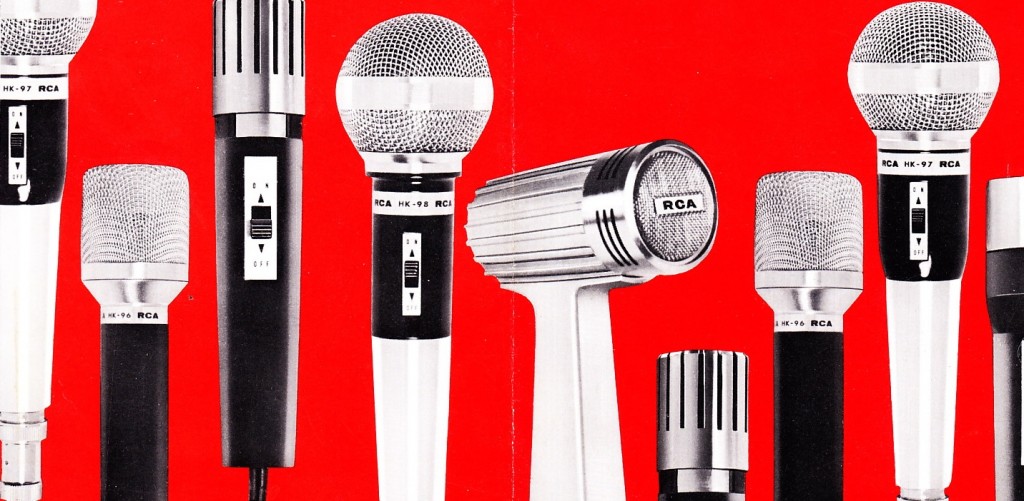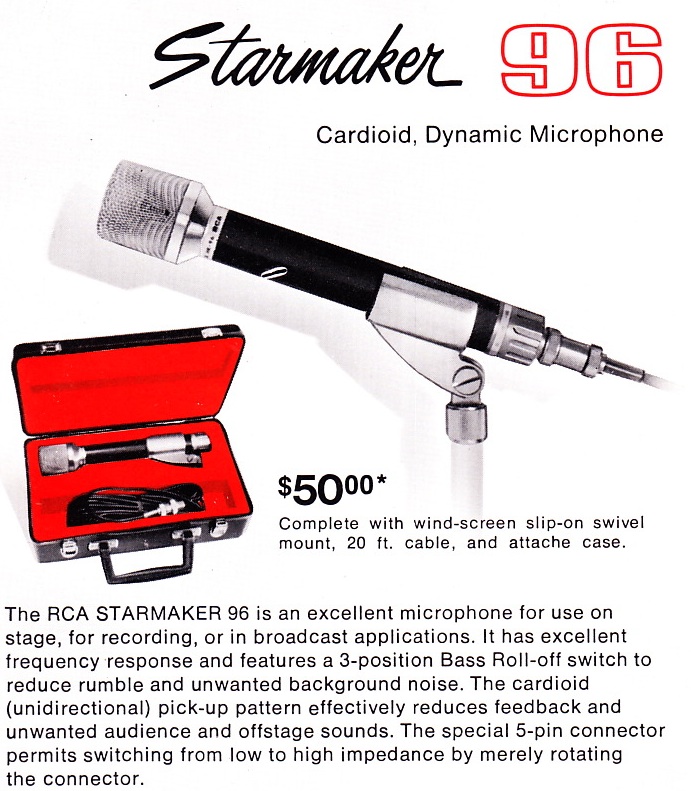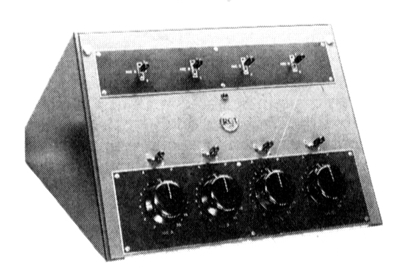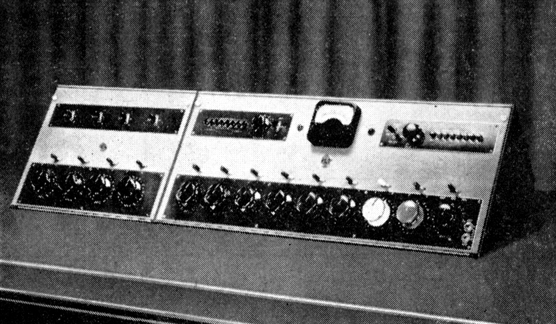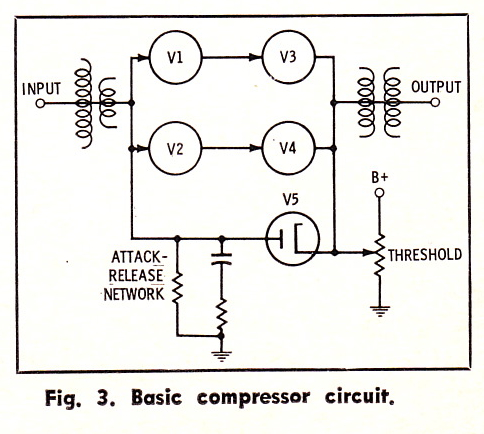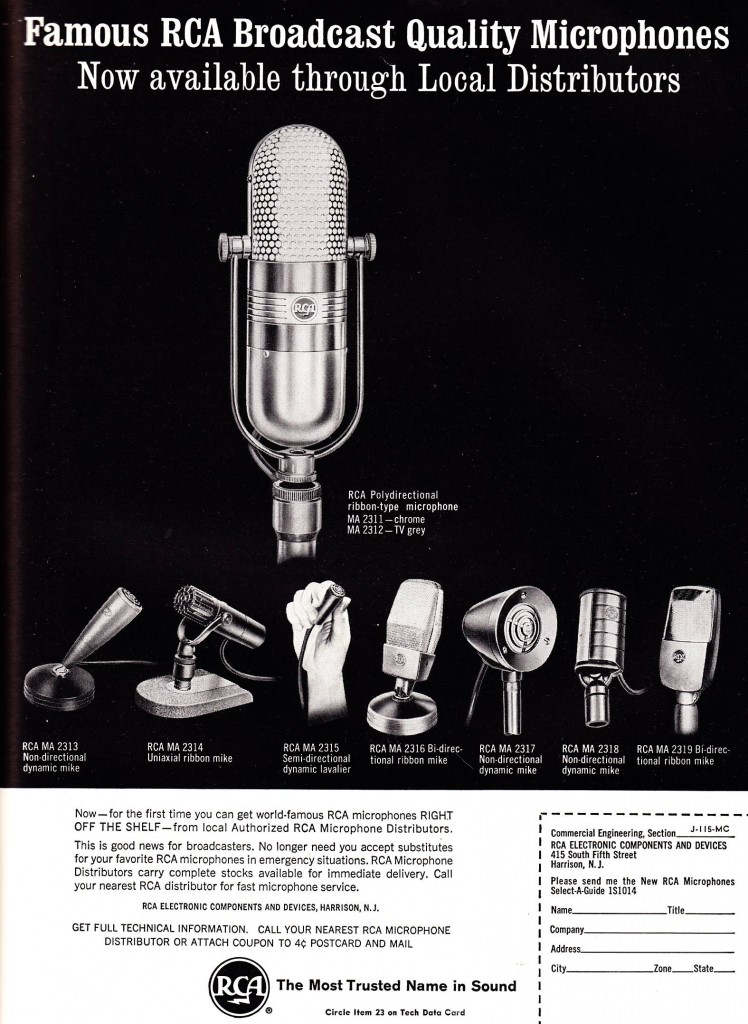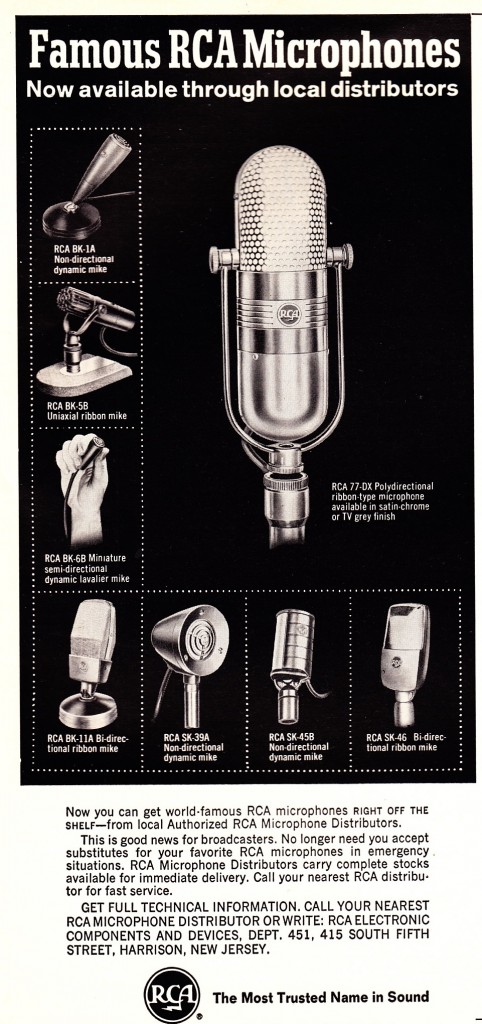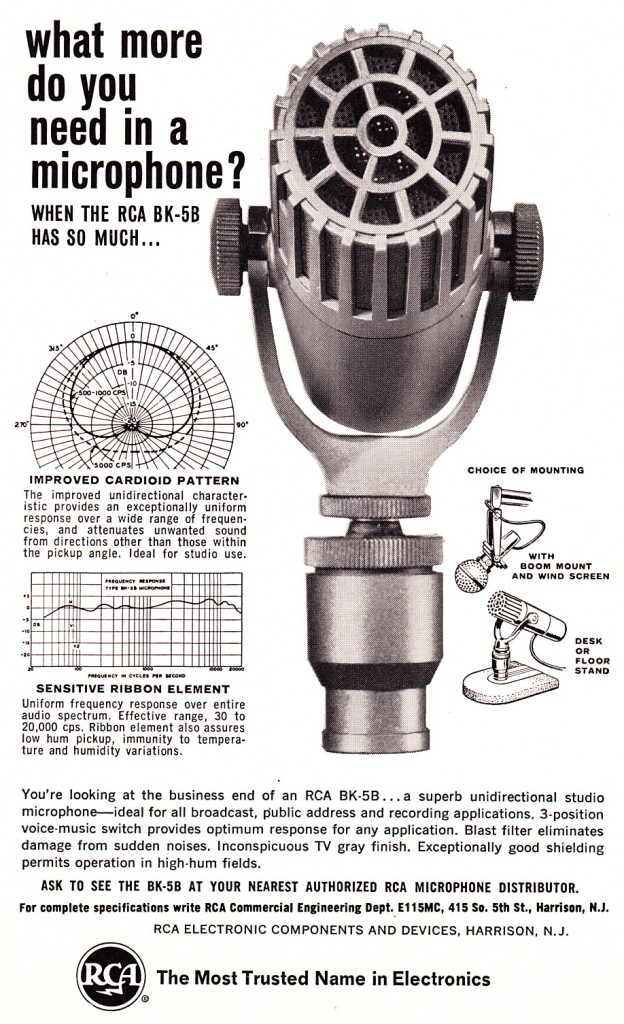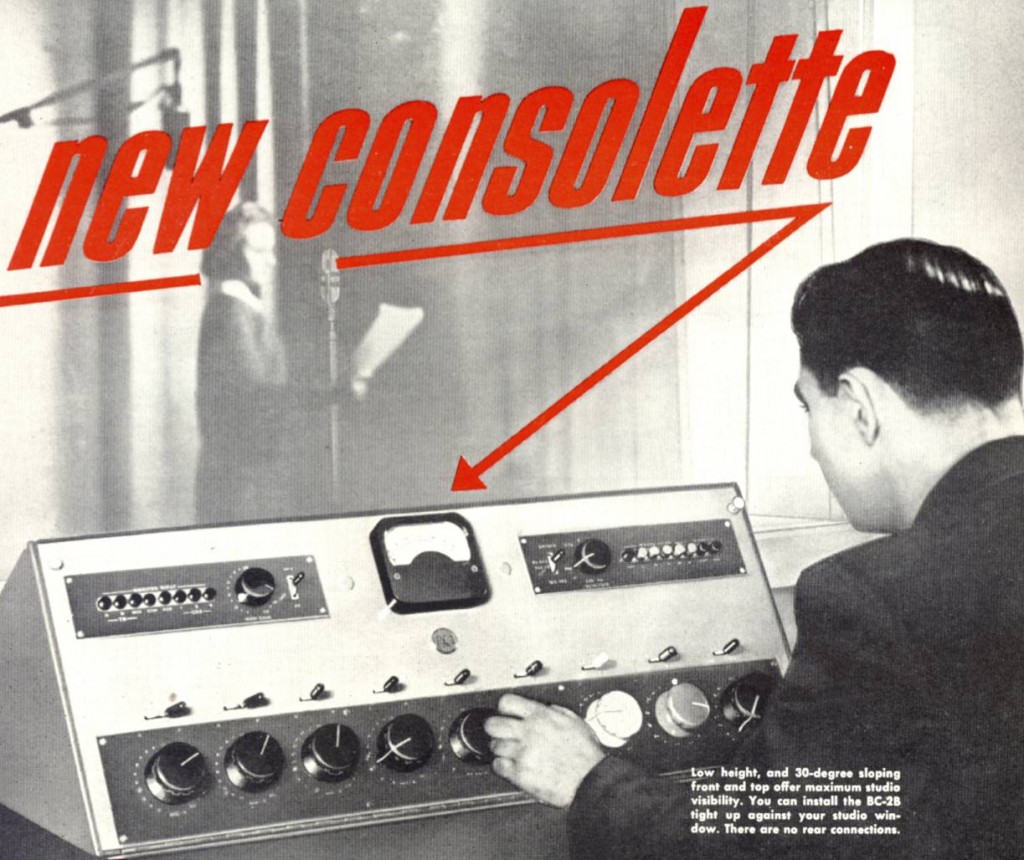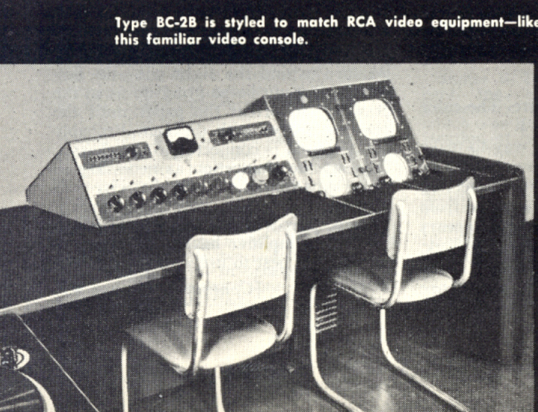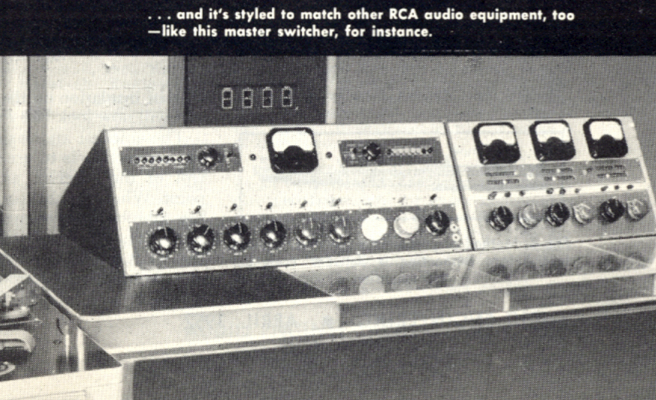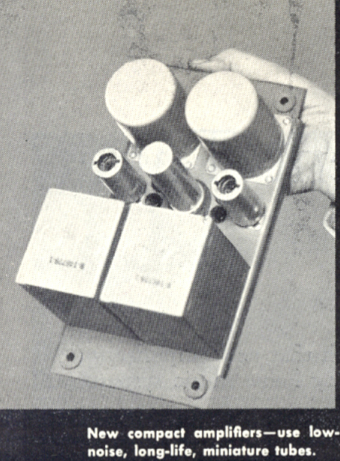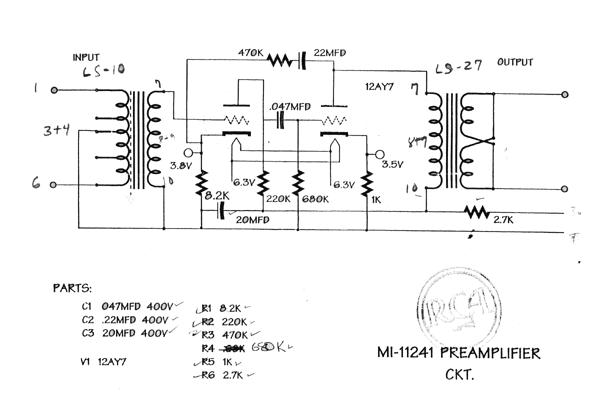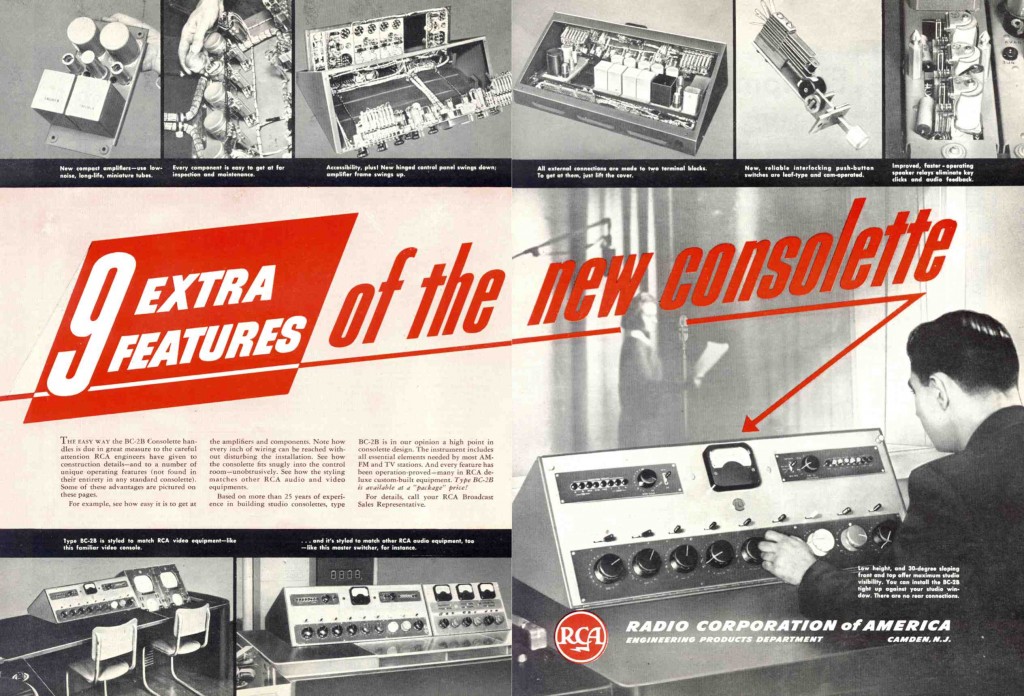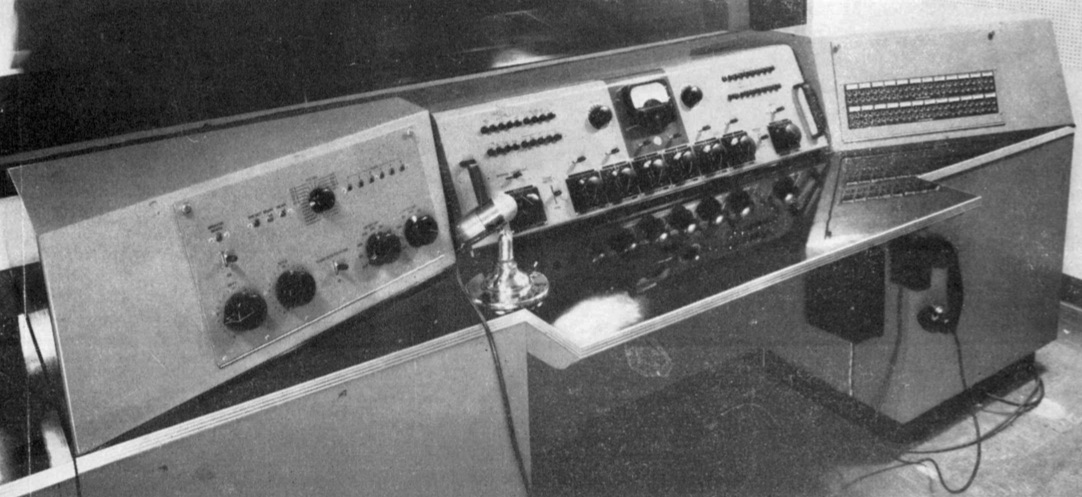 Download a 7pp article from AUDIO ENGINEERING magazine March 1949 on the subject of WMGM NYC. Author is one M. E. Gunn.
Download a 7pp article from AUDIO ENGINEERING magazine March 1949 on the subject of WMGM NYC. Author is one M. E. Gunn.
DOWNLOAD: Audio_Engineering-4903-WMGM_(later_Fine_Sound)-2018_scan
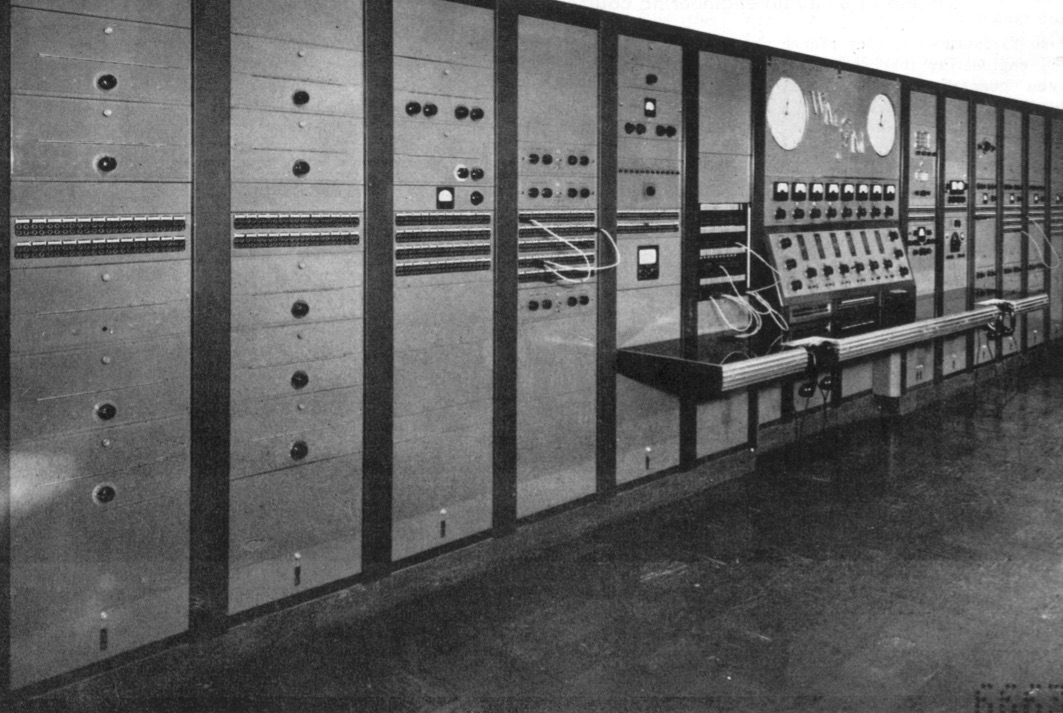 Thanks to Tom Fine for the scan, and for this context:
Thanks to Tom Fine for the scan, and for this context:
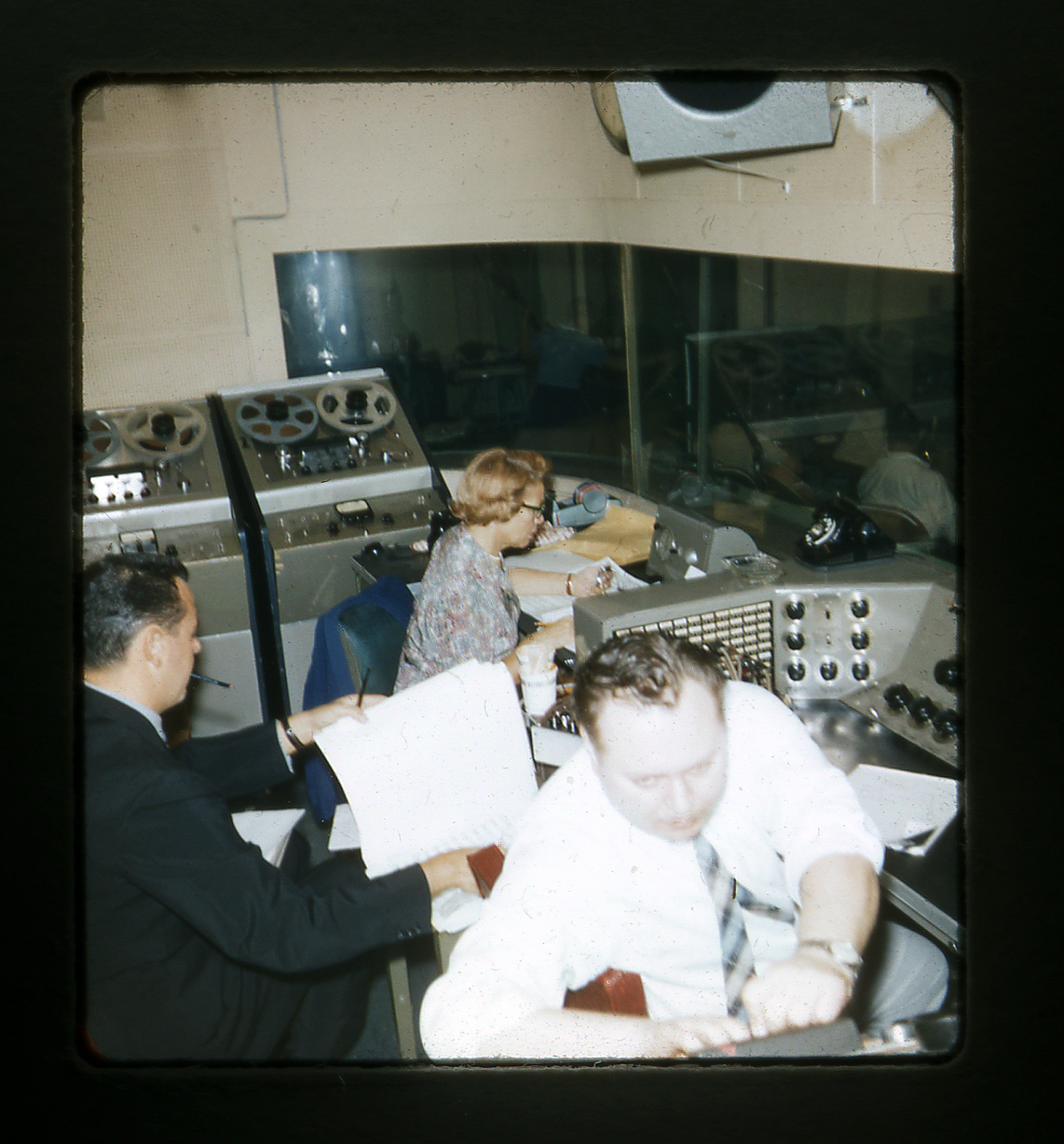 Fine Sound studio B during Raymond Scott “Your Hit Parade Session.” Photo by Bob Eberenz, courtesy T. Fine
Fine Sound studio B during Raymond Scott “Your Hit Parade Session.” Photo by Bob Eberenz, courtesy T. Fine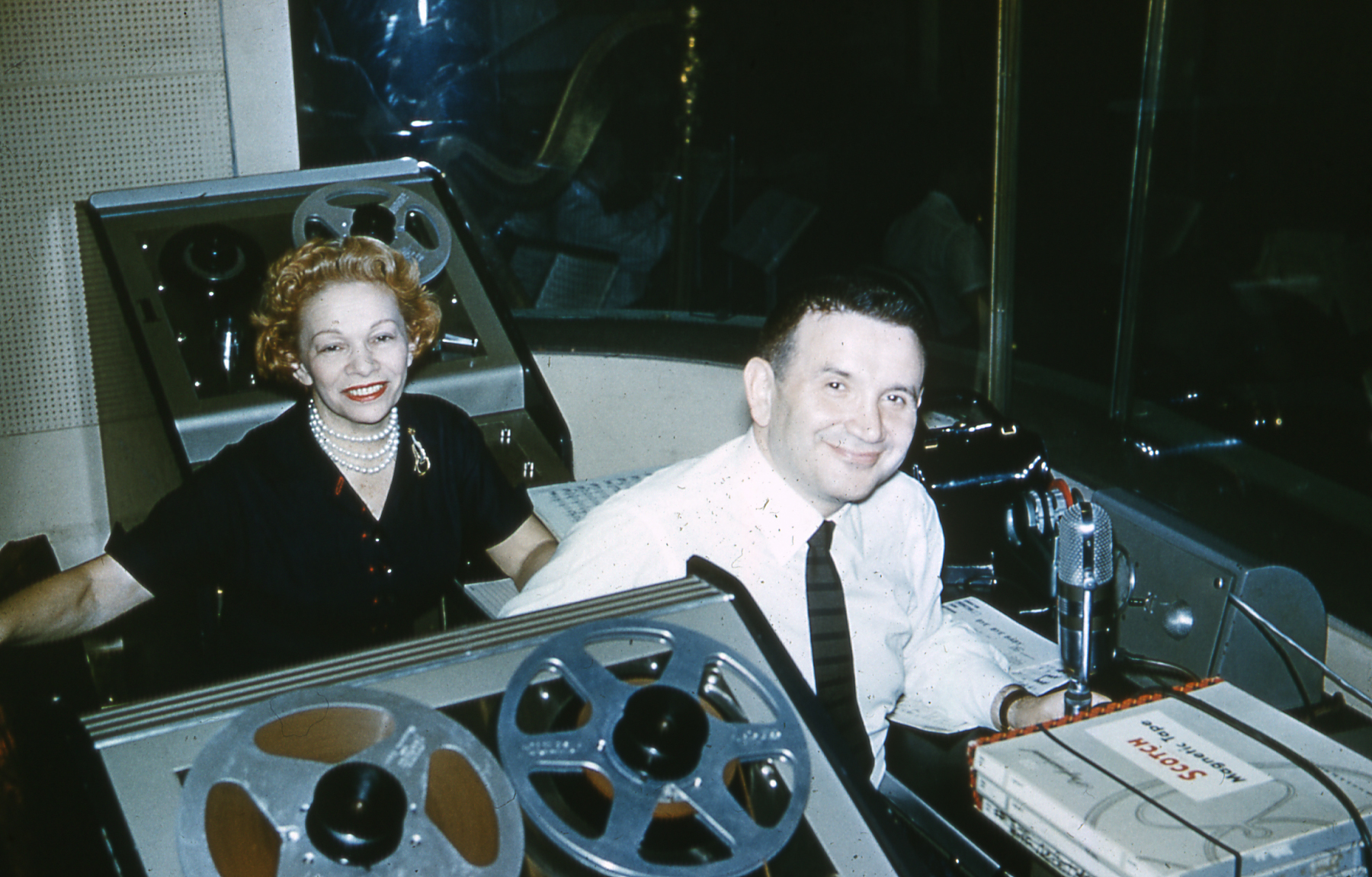 Raymond Scott (R) and assistant during”Your Hit Parade Session.” Photo by Bob Eberenz, courtesy T. Fine
Raymond Scott (R) and assistant during”Your Hit Parade Session.” Photo by Bob Eberenz, courtesy T. Fine As Prior
As PriorDuring its time at Fine Sound, one of the 12-channel RCA consoles was converted to three-channel (in reality, it ended up being three 4×3 mixers). That console later ended up in Studio B of Fine Recording from 1958 to 1967. In the film-mixing studio (Studio C), MGM installed a custom Western Electric console designed and built specifically for MGM (and described in a SMPE [pre-SMPTE] Journal article). This console also ended up at Fine Recording, in Studio C, and was then at Walter Sear’s studio in NYC, and later it was briefly used at the now-defunct Museum of Sound Recording. It’s now privately owned and under restoration.
